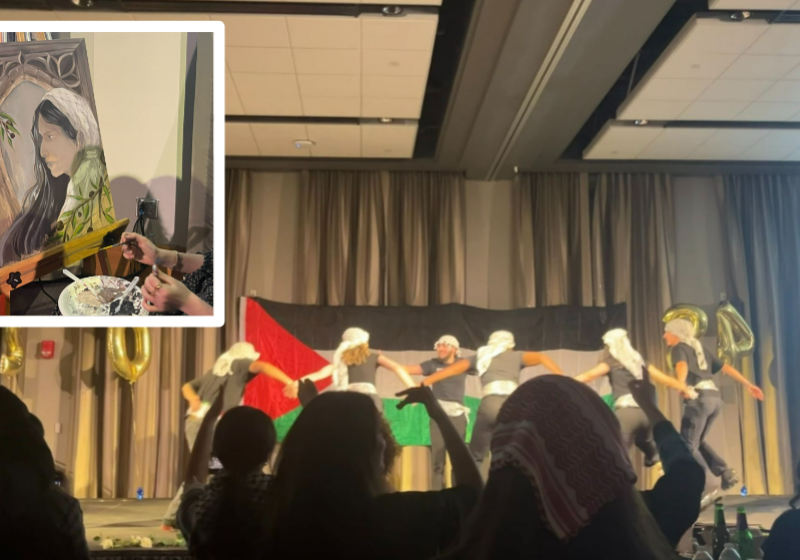During Black History Month, there is a lot of public and commercial attention to African-Americans who made significant social impact in American and even global history. Much deserved attention will be rightfully given to individuals like Dr. Martin Luther King, Jr. Malcolm X and the Rev. Jesse Jackson who rallied against institutionalized racism and segregation in their efforts to unify and create a proud national identity for all African- Americans.
While many of these names are more than deserving of their important contributions to history, it is also important to give recognition to two African-Americans who made undeniable contributions to society, particularly the sciences.
Dr. Charles Richard Drew (June 3, 1904 – April 1, 1950) was a physician whose historic work helped develop important blood preservation techniques. While attending Columbia University as a medical student, Drew wrote a dissertation on blood preservation techniques. He explained the process of blood banks, in which blood cells could be separated from the plasma and preserved for up to a week time.
During World War II, he helped to organize and administer an early prototype for collecting, testing and distributing blood plasma for the ‘Blood for Britain” project in 1940, along with American physician John Scudder. Carefully organizing and monitoring the personnel controlling the blood to prevent contamination, over 15,000 individuals donated blood and 5,500 vials of blood plasma were contained.
He also pushed for authorities to stop excluding the blood of African-Americans from the plasma supplies network, although not to much avail. He would later become the first black surgeon to serve as examiner on the American Board of Surgery, and soon head of the American Red Cross in New York.
Although his life was tragically cut short due to a fatal car accident, his research and work with blood and plasma helped to advance the study and organization of blood’s life saving role in medicine. His innovative impact on medicine will remain forever a critical impact for saving lives across the globe.
Dr. Vivien Thomas (August 29, 1910 – November 26, 1985) was a physician who developed the procedures used to treat blue baby syndrome. After the stock market crash of 1930, Dr. Thomas lost his life savings and was forced to drop out of college, working as a janitor at one poimt. However, without any formal medical training, he would eventually become the surgical assistant to white surgeon Dr. Alfred Blalock. The duo managed to develop a critical body of work which included extensive research into the causes of hemorrhagic and traumatic shock. This developed into research on crush syndrome, which was important for saving lives in WWII.
In 1941 at John Hopkins University Medical School, Thomas and Blalock performed the surgical procedure to counteract the congenital heart defect, Tetralogy of Fallot (blue baby syndrome), after a lab test surgery on lab animals. The procedure ensured increased flow of oxygenated blood to the heart, and relieved constriction from the heart. This served as ground breaking work in the study of heart surgery.
Thomas would be the first black doctor to operate on a white patient in the U.S. Later in his lifetime, Thomas would soon get the chance to teach a generation of surgeons and lab technicians his techniques as head of the John Hopkins’ surgical research laboratory and win numerous national awards related to science and medicine
There are many great physicians and engineers that have made substantial contributions to mankind that should be studied and recognized. The important accomplishments of these two workers forever impact lives today.
Ward-Joyles is a member of the class of 2011.


